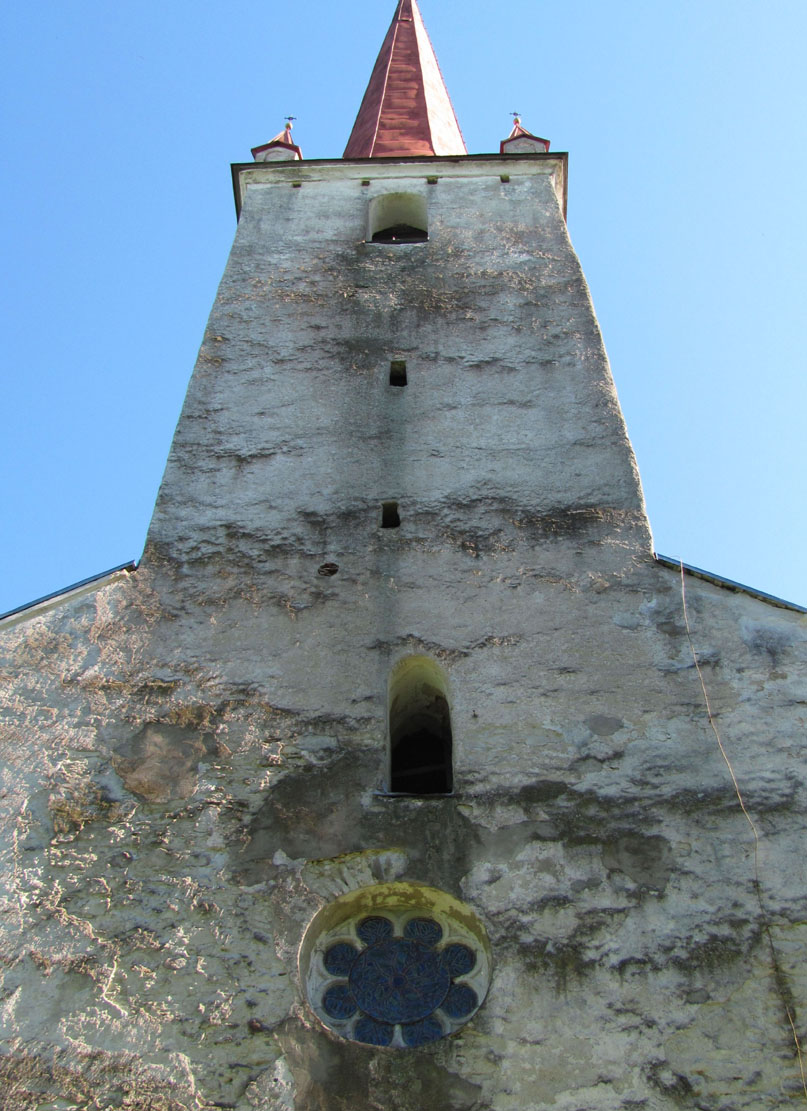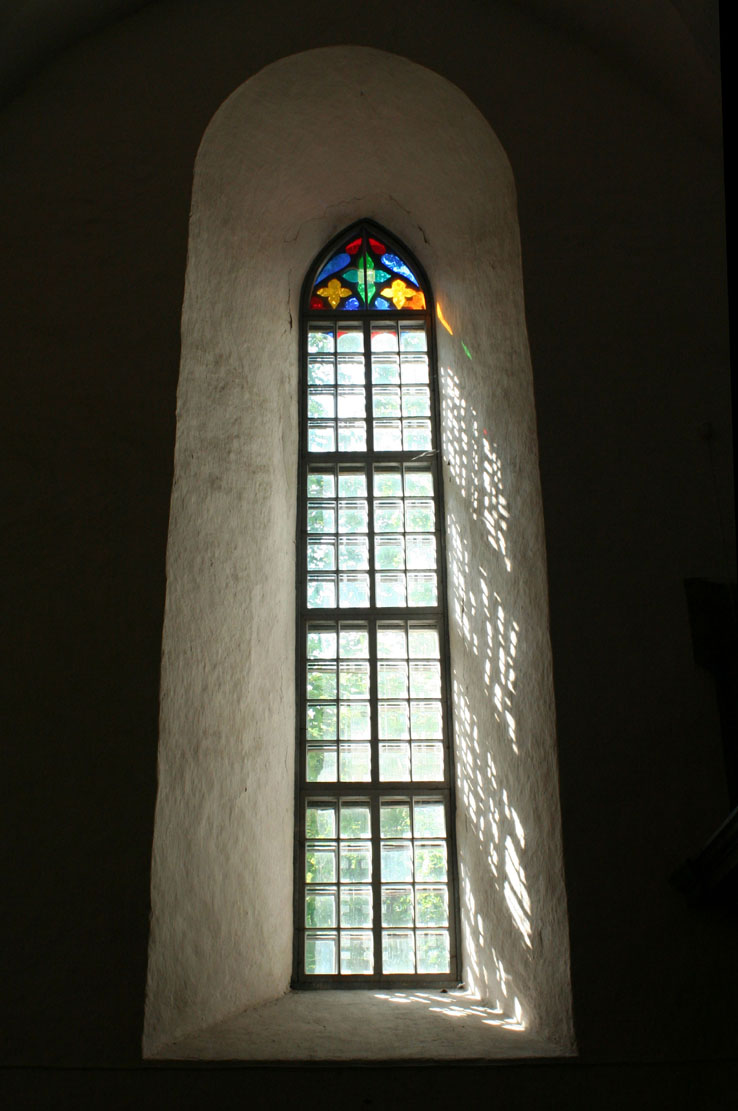History
The construction of the church in Ambla, one of the oldest in central Estonia, was begun in the middle of the 13th century and completed around 1270. A little later, but still in the thirteenth century, the sacristy was added, and in the early fourteenth century, the porch from the north. At that time, the church had the call of the Blessed Virgin Mary, the main patron of the Teutonic Order, and also had defensive functions. In the sixteenth century it suffered damages during the Livonian War, among others all the original equipment of the church was destroyed then. New, Baroque one was created during the 17th-century temple renovation. In 1857, the church suffered further damages as a result of a fire, that consumed the roof and tower. The reconstruction was carried out the following year.
Architecture
The church is an orientated, three-aisle, hall structure with a lofty tower from the west embedded in the central nave. The block of the church is raw, interrupted only by narrow lancet windows. From the east there is a short and straight ended chancel. The original, medieval building had a sacristy and a vaulted porch on the north side. The rosette in the western part was one of the first ones to be built in Estonia.



